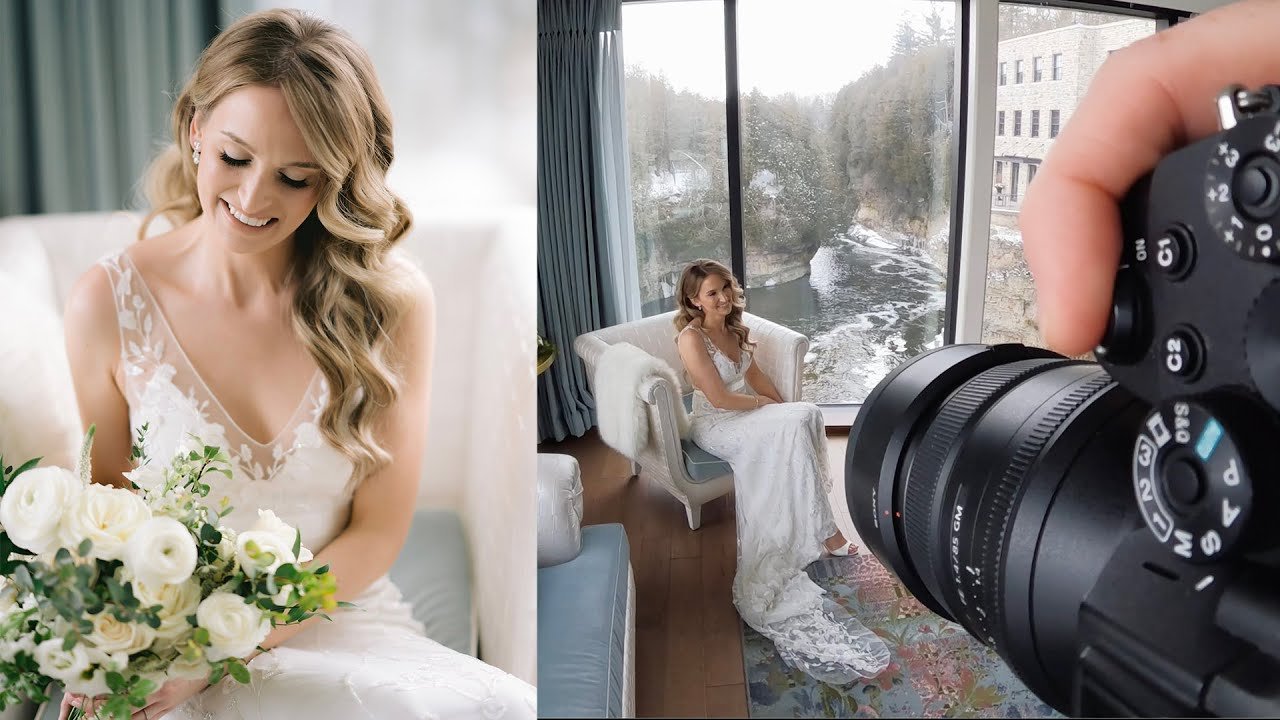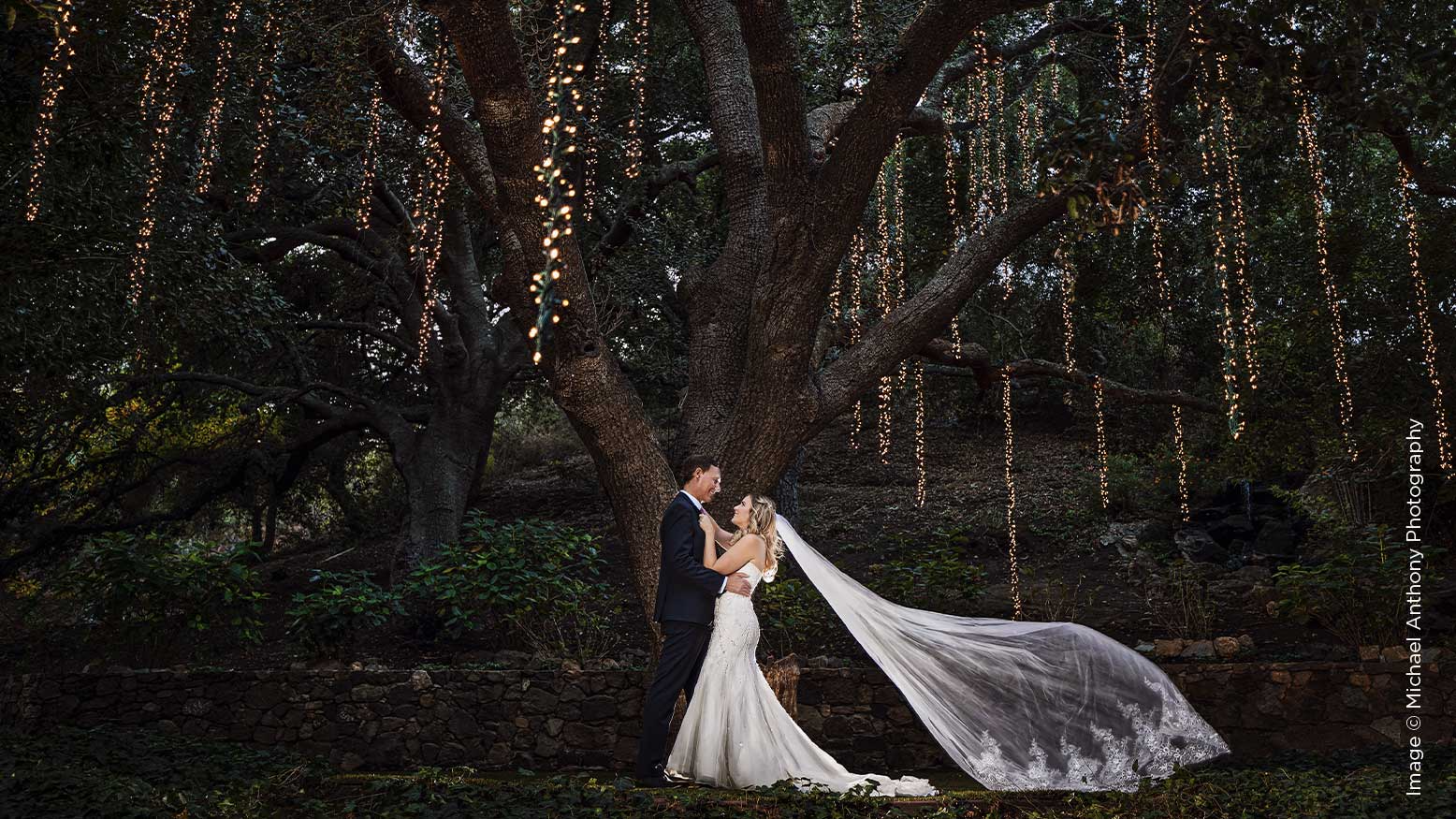Essential techniques for post-processing a bridal photoshoot with sony mirror cameras



Bridal photography is one of the dearest genres to exist in photography. A marriage day is filled to the brim with transient fragments of moments and emotions, so much so, that each factor needs to get captured and put into a frame meant for lifetime reservation. But more often than not, even the most illustrious photographers share the fact that post-processing further helps convert natural shots into breathtakingly impressive and timeless pieces of creations.
Mastering the post-processing techniques, no matter if you are an amateur or established professional, will go a long way in ensuring bridal shots of quality.
In this article, we will discuss the essential post-processing techniques for bridal photoshoots. These techniques not only enhance the beauty of the images but also ensure that the final product reflects the bride’s personality and the essence of the wedding day.
The image adjustment basics are a necessary precursor to any more advanced techniques that may be utilized later on. It lays the foundation for good post-processing.
First and foremost, this is the thing that one should care about in bridal photography—exposure. Wedding venues often have mixed lighting conditions, from bright daylight to dimly lit reception halls. Correctly adjusting the exposure lets you draw out the detail in both highlights and shadows. Use the histogram for guidance to avoid overexposure or underexposure.
This readjusts the overall contrast higher or lower to define your image. In bride portraits, giving a slight contrast to your image may create a magic difference between light and dark, but beware not to take the contrast more than its limit, since it then leads to artificial images.
Getting the skin tone right is one of the most important things while editing a bridal photo. With white balance adjustment, one ensures that the bride’s skin looks natural and the general color temperature of the picture is in line with the mood of the shoot. You can get a balanced white tone by adjusting the temperature and tint sliders in your editing software.

A huge part of bridal photography involves capturing the bride’s natural beauty, and in this, retouching plays an integral role in enhancing it. While it is important not to overdo it and remove every single imperfection—some imperfections give character to an image—a balanced approach toward skin retouching will be imperative.
First, remove blemishes, acne, or other temporary imperfections with the clone tool or healing brush in Lightroom or Photoshop. Use frequency separation or the Dodge and Burn technique for skin tone smoothing in a more natural way and without losing texture.
While brides may want to look flawless, it is important to retain the natural features of a bride. The over-smoothing of skin or removal of natural textures can make a portrait look unnatural. The goal is subtle enhancements, not a complete transformation.
Redness around the eyes, puffiness, and under-eye circles are some of the most common concerns with brides. Subdue these imperfections with the healing brush but always strike a balance, as over-retouching here can result in an unnatural look.

Bridal shoots usually have minute details, and their enhancement is just the key toward delivering a polished final image.
The eyes are the windows of the soul, and in bridals, the photographers have their most common focal points. A little sharpening to the eyes pops them. Go ahead and use the dodge tool on the whites of the eyes where needed, but do this conservatively to avoid looking over-enhanced.
It is one feature that a person would want to improve but subtly. Make use of the clone or healing tool to eliminate flyaway hair; adjust highlights and shadows for depth of texture. It’s best to avoid this perfect, unnatural look; a few wisps of stray hair add character and realism.
In most of the bridal portraits, wedding rings, necklaces, and earrings are really important. Some little sharpening and brightening will help to make the jewelry pop, but avoid over-editing it. You want to draw attention to the jewelry without making it the focal point of the image.
Color grading, on the other hand, allows photographers to embed their unique style into the images. In the case of bridal photos, color grading can have an immense effect on the mood and aesthetic of the photographs.
Warm, golden tones are so in for bridal photography, suggesting a romantic and classic touch. Temperature and vibrancy are the elements that play a major role in introducing warm hues, especially when making the images cozy and intimate.
Delicate, pastel color grading is also a trend in bridal photography, giving the photos a dreamy, ethereal quality. Light pinks, peach, or lavender can enhance the bride’s soft features and add a fresh, light-hearted vibe to the shoot.
Some photographers like the look of old, almost antique settings. Slightly desaturating and subduing certain colors may give way to an air of elegance and sophistication in the images. Lightroom’s split-toning tools are one of the best ways to adjust midtones, highlights, and shadows with subtle color shifts.
Most of the time, wedding venues are rich in vibrant backgrounds that might steal the show from the subject. Color grading can be used to mute or desaturate the background, allowing the bride and groom to remain the focal point of the image.
The dress is often the most important detail in a bridal shoot and needs extra attention to be perfectly set for that final image.
The dress fabric looks flat under the light and shadow. Perform dodging and burning to lighten the highlight and emphasize contours of the fabric, which would give a three-dimensional look to the dress with its texture.
The dress may get dirty or take some unwanted imperfections while shooting. Use the clone or healing tool to clean up stains or unwanted wrinkles but do not overdo it, since texture and flow are among the important features that add beauty to the dress.
Slightly enhancing the contrasts will make the dress stick out more within the background, not get lost in there. It also has to respect the soft, flowing character for the dress in order for the bridal atmosphere to be preserved, though.
The background in the bridal photography can enhance or take away from the subject. You must make sure that the bride and groom are the points of interest, more so by getting rid of unwanted distractions from the background.
The shallow depth of field is a favorite shoot technique, but sometimes it can still have some background features that take away the attention from the couple. Smoothening it out using tools like the Gaussian blur in Photoshop will keep the bride as the focus.
Sometimes, a picture of a wedding may be interfered with by unwanted trash, people, or equipment. The clone or content-aware fill tool in Photoshop can be used to remove these objects and seamlessly blend the background.
Once all the previous steps are complete, it is time to add the final touches: sharpening and resizing of the image for delivery.
Sharpening is essential to bring out the fine details, especially in the eyes, hair, and dress. Do selective sharpening to avoid the whole image being too sharp, which may make it look grainy or unnatural. The goal is to keep it subtle yet noticeable. High ISO settings used in poorly lit gotten wedding venues tend to introduce noise in the images. Noise reduction tools should be used sparingly so that the gotten image is clean, especially in dark areas like the dress or background.
Finally, resize the images according to web usage, social media platforms, or for printing purposes. Give the resolution correctly in order for those images to maintain their quality on different platforms.
The important thing that a photographer will want to be doing is building a consistent style of post-processing, one that they continue to develop when photographing many weddings. That is how clients can come to recognize them for a consistent look, sometimes light and airy in tone or richly coloured. Consistency across a portfolio is what breeds a recognizable brand.
Post-processing is an important skill any bridal photographer needs. A skill that takes some time to learn and practice, yet it is a major part of making a wedding photoshoot into a work of art. You can ensure the final product is not only beautiful but unique to the bride’s vision of her special day by using the right techniques from basic adjustments to advanced skin retouching, color grading, and background clean-up. Remember, subtlety is key in bridal photography: the art of enhancing the bride and the ambiance of the wedding day by not over-editing. By mastering these fundamental post-processing techniques, you will be able to achieve those truly timeless and breathtakingly beautiful bridal portraits packed with emotion.

